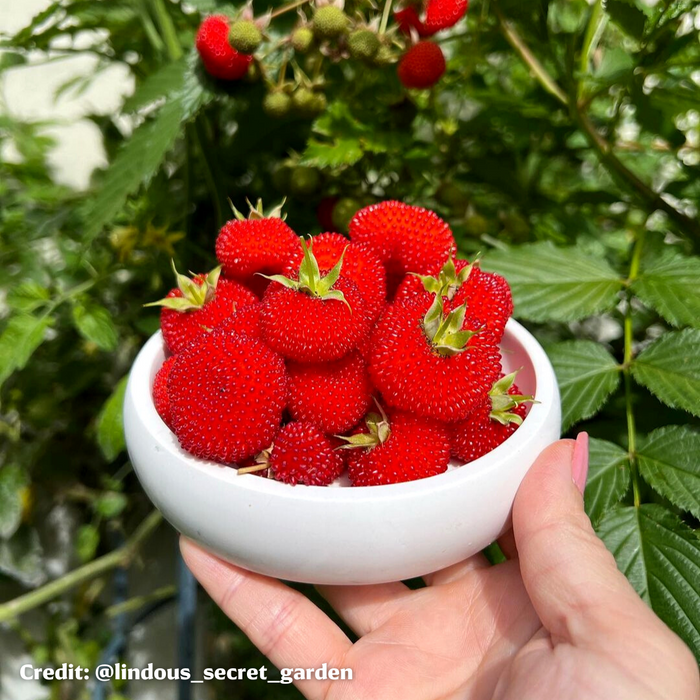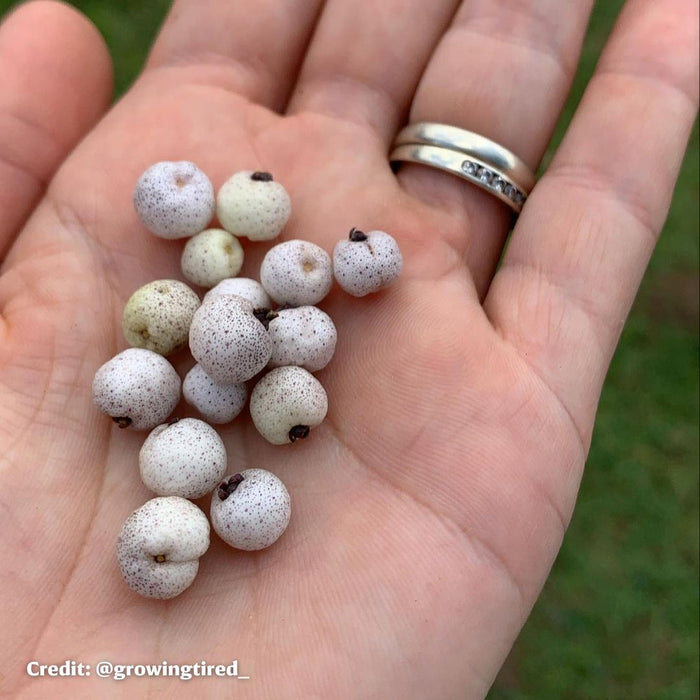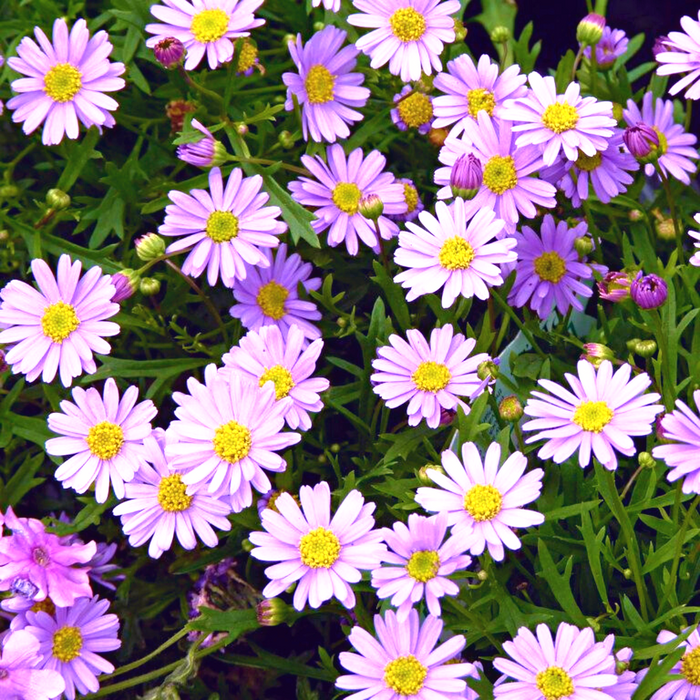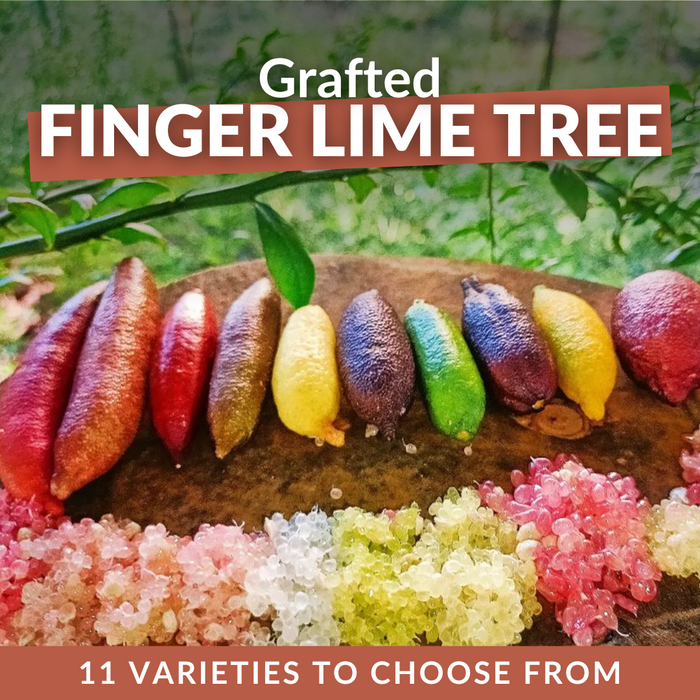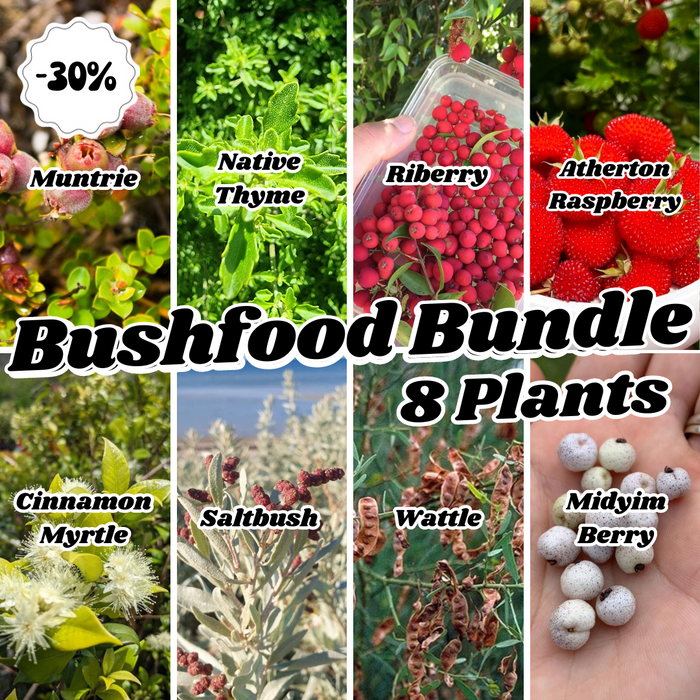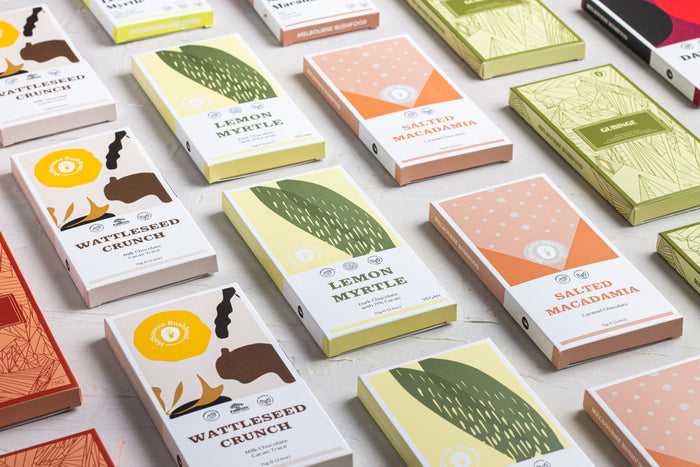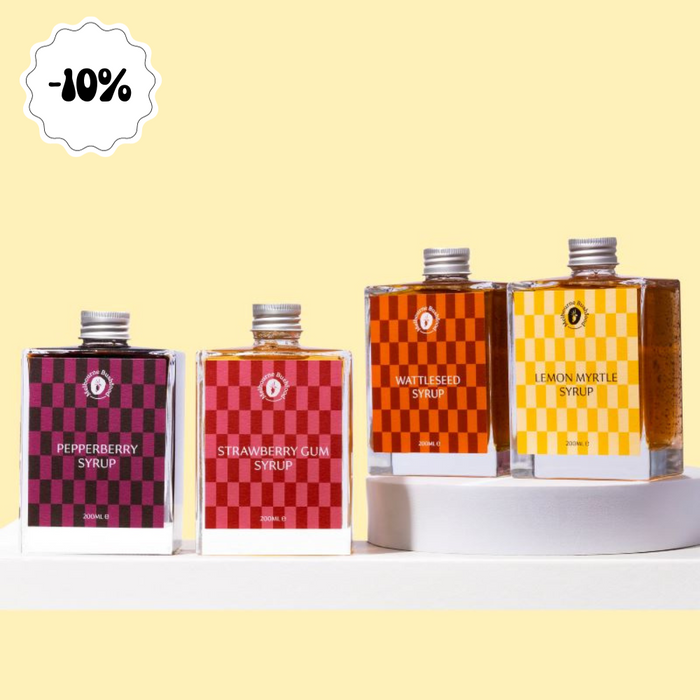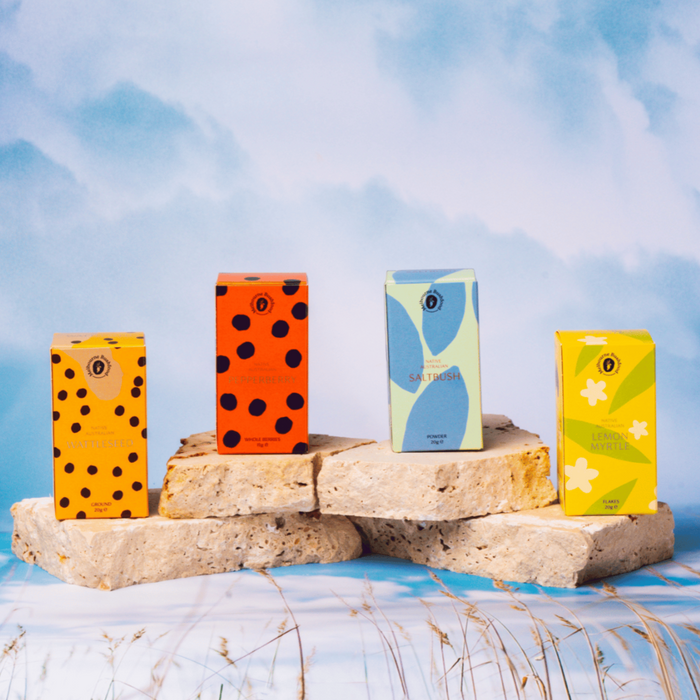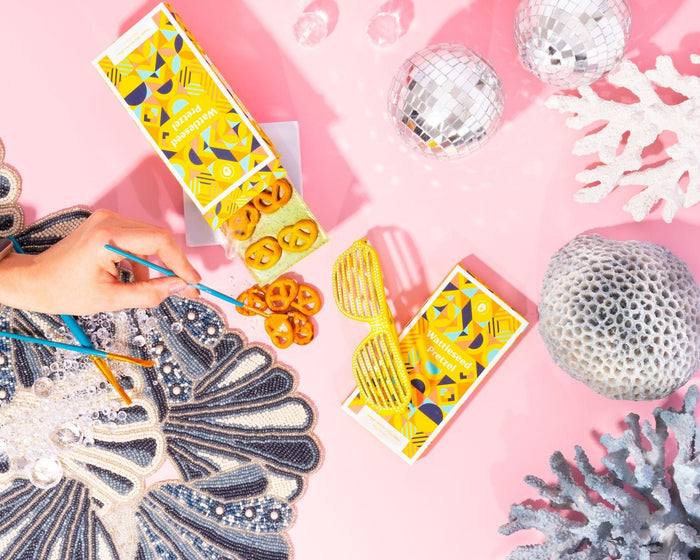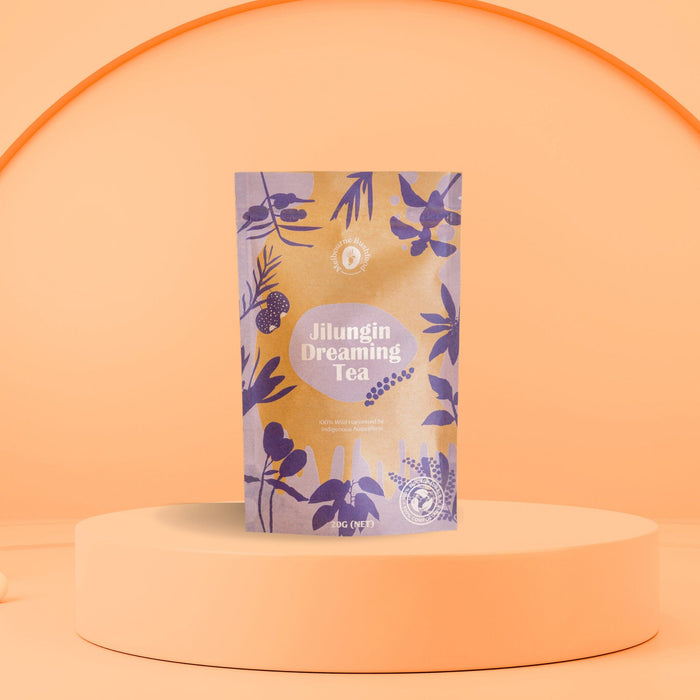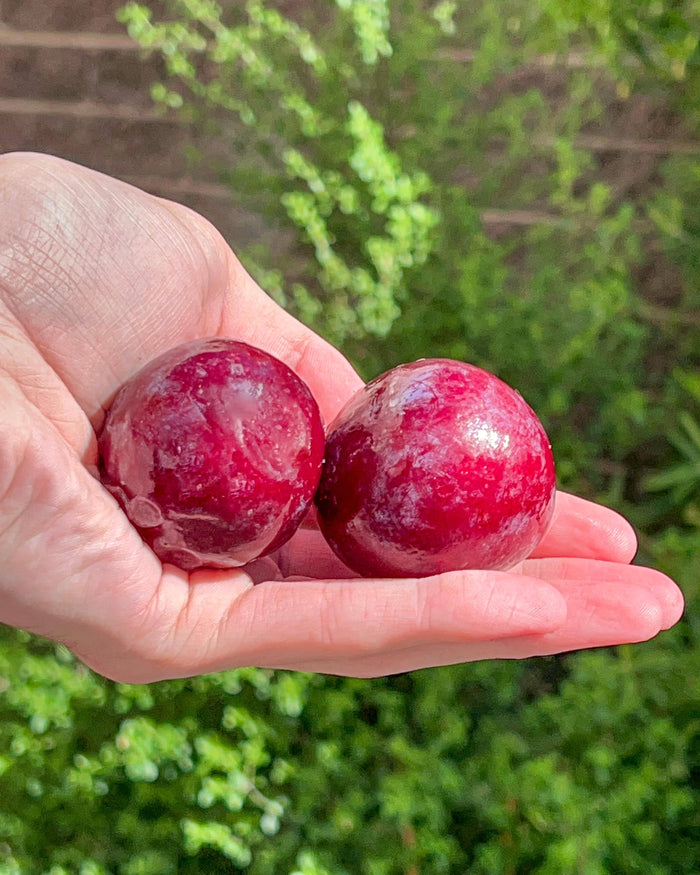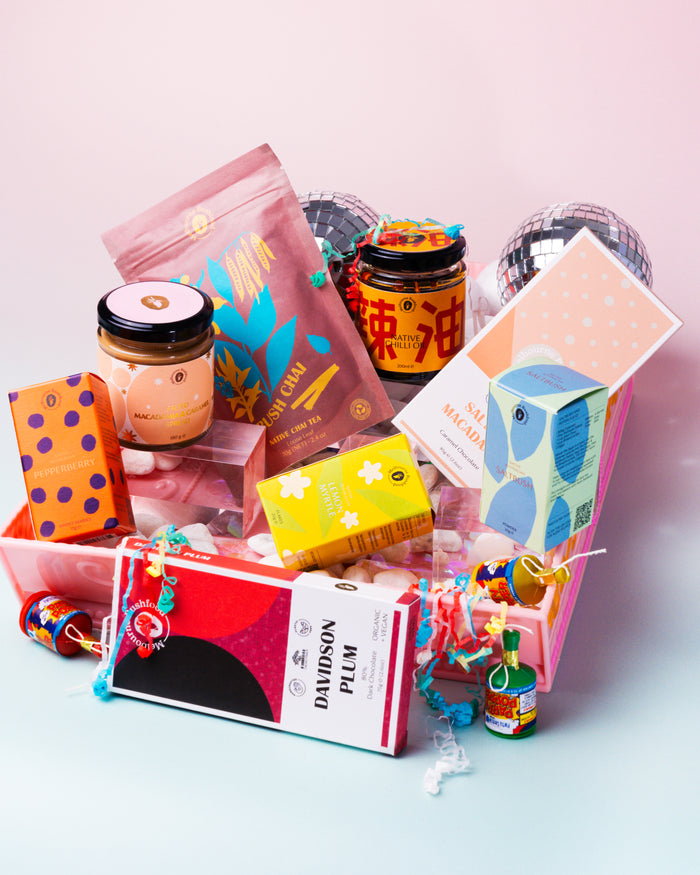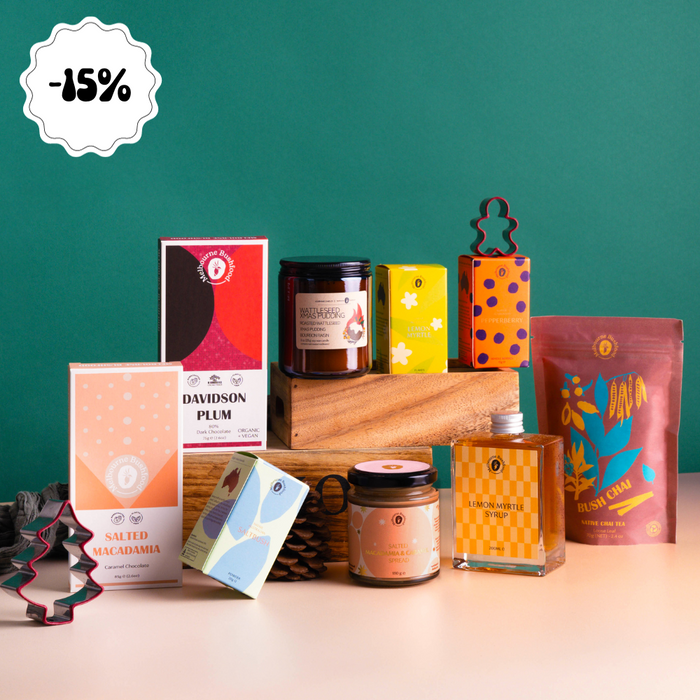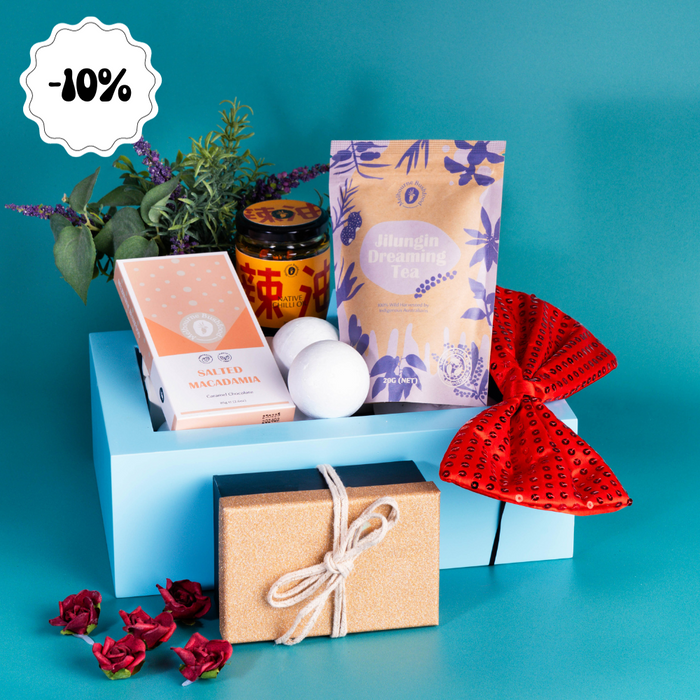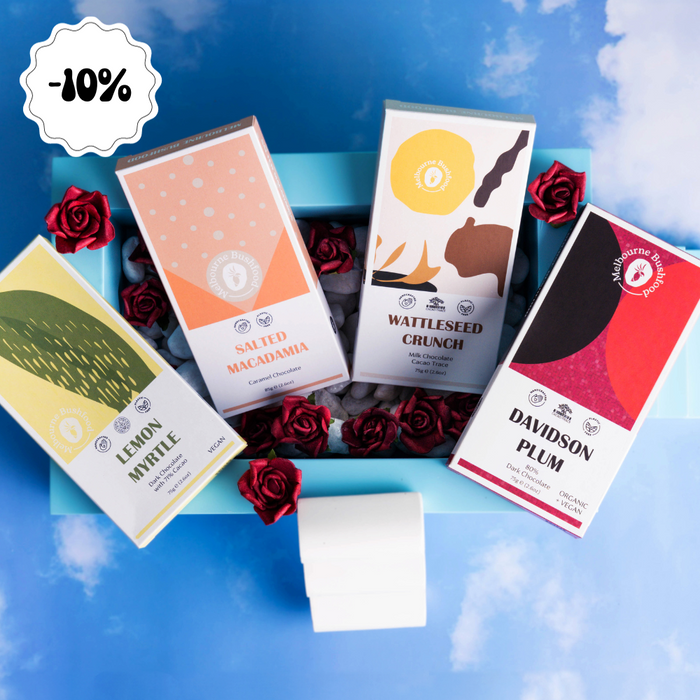

5 Native Bushfoods to Forage in Cities

Quandong Fruit
When it comes to bushfood, most people think they need to look into the vast arid plains of interior bush land to find something edible. The picture of native ingredients is one of a sunburnt country with nothing but flat, open terrain, or a dense canopy of lush rainforest hours away from the city life. The arrival of alien plants and animals from Europe, Asia, and the Americas into the Australian continent saw early Europeans decimate Aboriginal food sources.
Incorporating native foods into our diet can be immesely pleasurable, giving an exciting diversity of flavours as well as a hit of nutrition. Finding these ingredients won't require you to drive, in fact, with a little knowledge you might even find something in your own backyard.
Foraging Native Australian Ingredients in Urban Areas
Before we get started, it's important that we understand the areas that we are allowed to forage. Foraging anything in National and State Parks is a big no-no, with fines and penalties being applicable. That being said, there are permits available for foraging on council property, as well as various parklands for both commercial and personal use. If you're unsure, or don't want to research, it's best not to forage.
Do:
- Explore your local area and its natural resources;
- Do a foraging course with a knowlegable guide;
- Start simple - look for ingredients you can confidently identify;
- Install an app on your phone, and cross check anything you're not sure of;
- Get curious, have a fun day out, and most importantly - learn!
Don't:
- Take more than you need - a general rule is to take 15% so that birds, insects, and animals get a good meal, and so more will grow;
- Don't eat what you don't know;
- Pick Fungus + Mushrooms - it's easy to get them confused with some being deadly;
- Forage where you're not allowed to;
- Forage alongside roads, farms, or industrial areas - pollutants may be present which are harmful to humans.
5 Native Australian Ingredients You Can Find In Urban Areas
1. Native Wood-Sorrel // Oxalis stricta

Image by Grasslands
A look-a-like of the clover plant, Yellow Wood Sorrel is a native perennial herb that grows in all major Australian cities. Found along beaches, waterways, backyards, and parks, this is one of the easiest to find and identify.
Early colonists used the leaves to make a lemony preserve and would blanch the leaves for a nutritious vegetable with their roasts. It can be identified by its heart-shaped leaves, and distinctive yellow flowers. Since it contains Oxalic Acid (like Kale and Spinach), it is important to blanch before eating. The leaves are rich in Vitamin C.
Similar looking plants include: Clover (which can be distinguished by the 3 pedal leaves) and Bermuda Butter Cup Sorrel (it has black dots on the leaves) which are both edible.
2. Vanilla Lily // Arthropodium milleflorum

Native tubers like Vanilla Lily formed an integral part of Aboriginal diets on the mainland of Australia.
Grown as an ornamental plant in gardens and older suburbs, Vanilla Lily can be easily identified by the white to pink flowers that bloom between November and February. The leaves are pointy and dense, with finger-shaped tubers developing underneath. If you find a Vanilla Lily, you will most likely find a large cluster of plants extending for metres in either direction. To harvest the tubers, digging lightly on one side of the plant and using a hand shovel, break the tuber from the plant.
Wash well, and remove the inner fibre before cooking. We recommend frying on medium heat with salt, oil, and garlic for a crispy and delicious side dish.

3. Lilly Pilly // Szyzgium Smithii

Lilly Pill is a common hedge plant that produces purple/pink coloured fruit. This native you'll find in inner-city suburbs as a privacy screening along fences. In the summer, it will give a bright display of white flowers followed by a winter fruiting of pink coloured fruit that are great either raw, as a syrup, tart, or jam.
The fruit is crisp like an apple, with a slightly sour with a tart flavour. To remove the inner pip, use an olive pitter, or use a knife.

4. Kangaroo Apple // Solanum aviculare

The Kangaroo Apple is a nightshade species in the same family as tomatoes and eggplants. Native across the southern regions of Australia, it has been cultivated in Romania and Russia to be made into birth control pills.
The fruit when green is toxic and bitter, but is ready when it is yellow, orange, or red, and is almost falling of the tree. The name Kangaroo Apple comes from the kangaroo-paw shaped leaves which resemble Kangaroo Paws. Kangaroo Apple makes a terrific pot plant and is a short-lived perennial that readily germinates from seeds.
The ripe fruit contains seeds and has a flavour of what can be described as a dried cherry tomato with melon notes. You'll find Kangaroo Apple growing in parks, near water ways, or other places that birds are found (they disperse seeds by eating the fruit). Bright purple flowers arrive in late winter, and fruit is ready towards the middle to end of the summer months.
5. Moreton Bay Fig // Ficus macrophylla

The Moreton Bay Fig is indigenous to the tropical regions of eastern Australia but has been widely grown in many parks in Sydney, Melbourne, Tasmania, and abroad.
The tree can be identified by its column-like root system which offers a unique feel in 18th and 19th century parks. Fruiting year-round, the fruit is ready to be picked when it reaches a deep-purple colour and is soft to the touch. Eaten raw, it is grainy and not very delicious. It is best ground into a fine paste to be used in sweet pies, or as a syrup for a unique cocktail.

